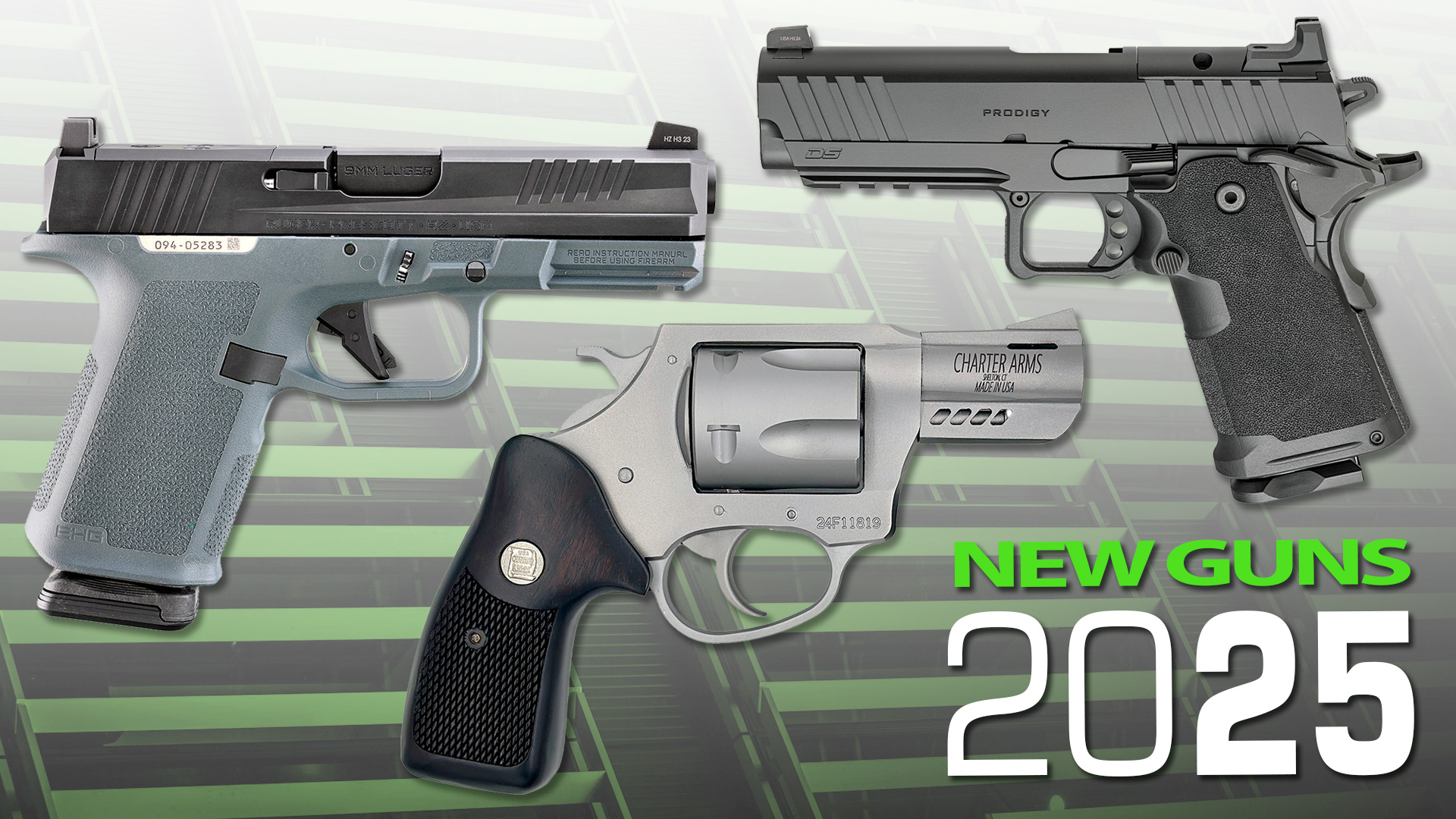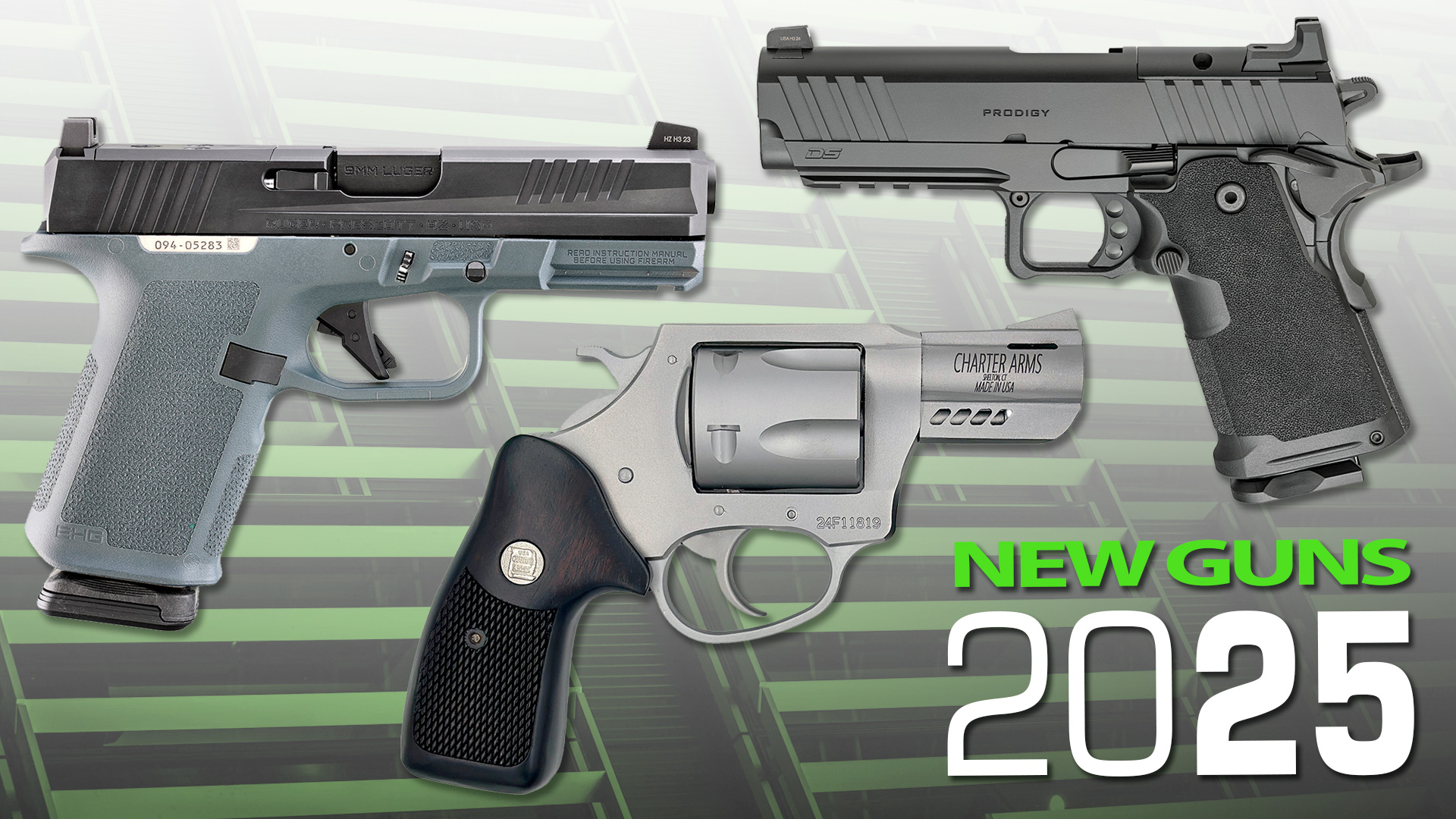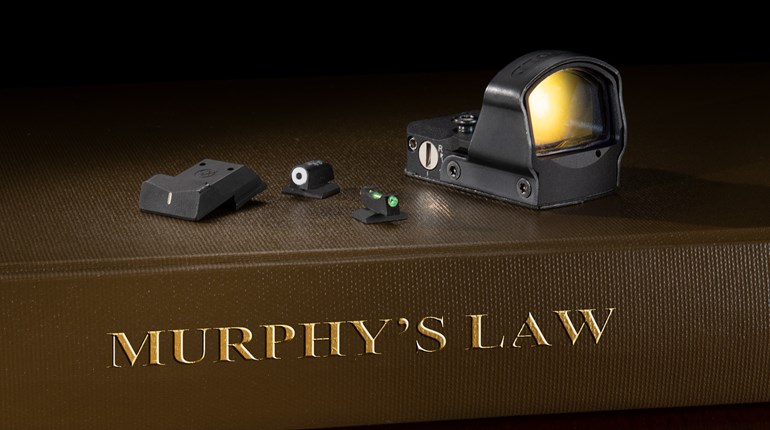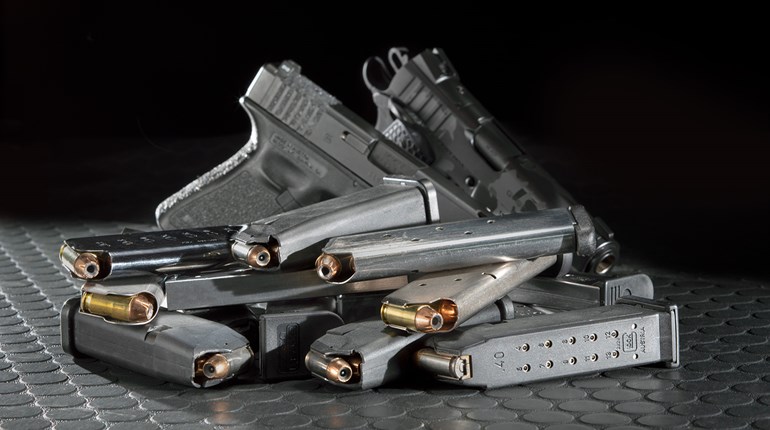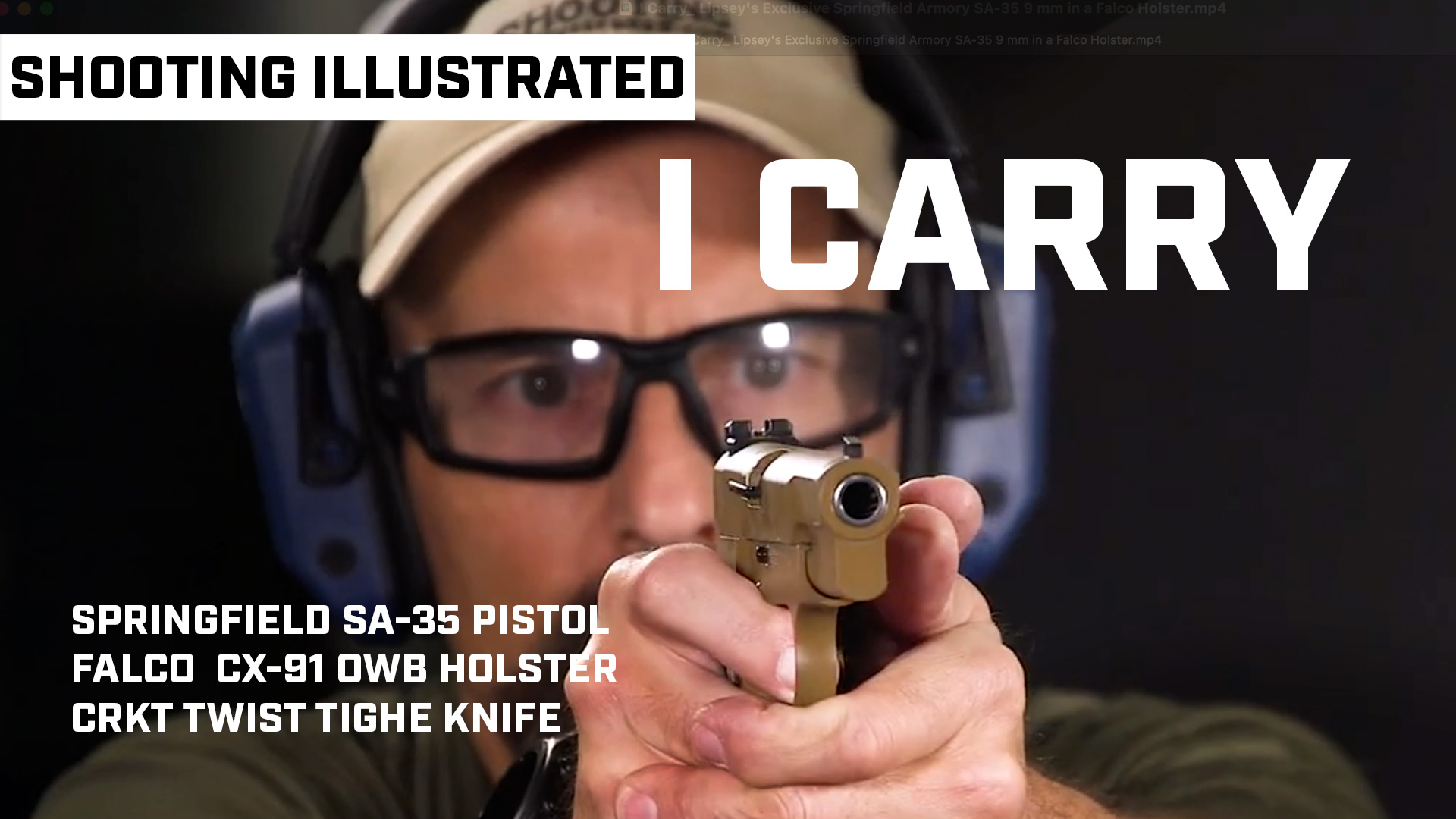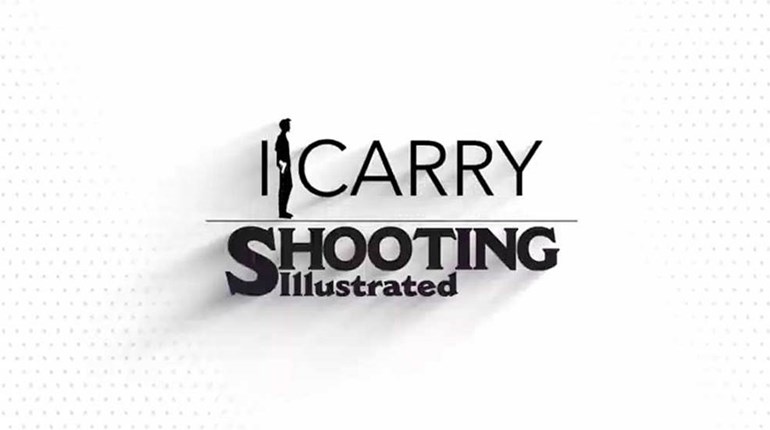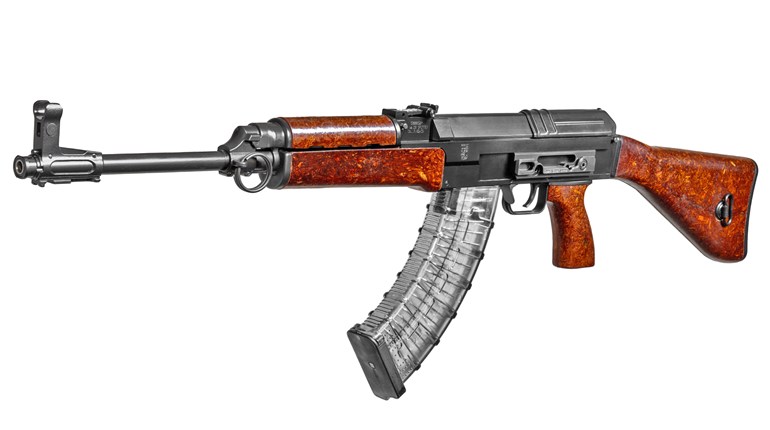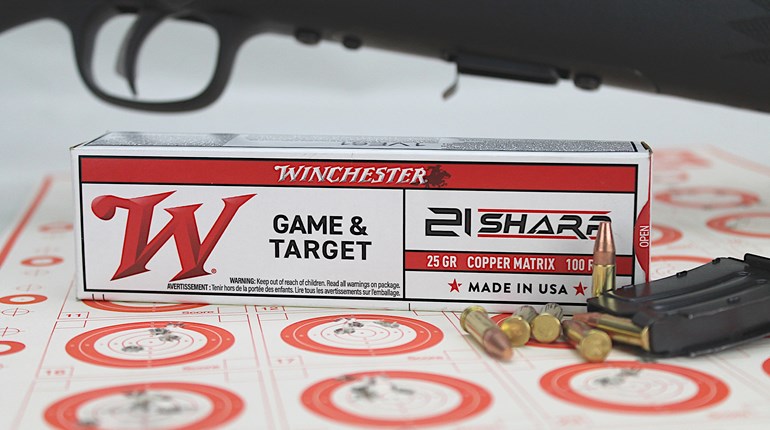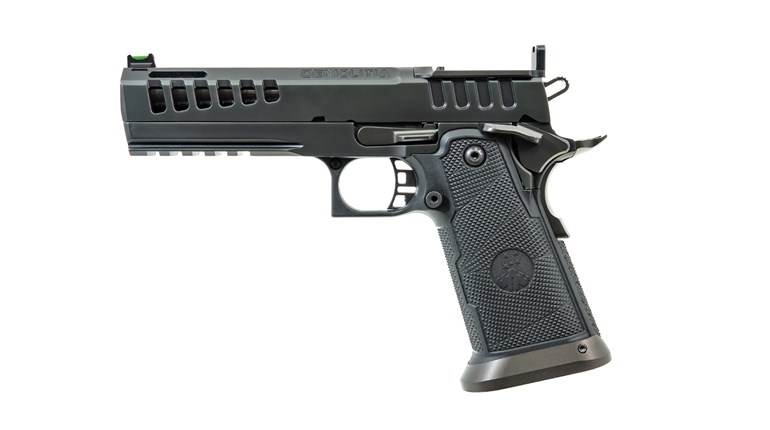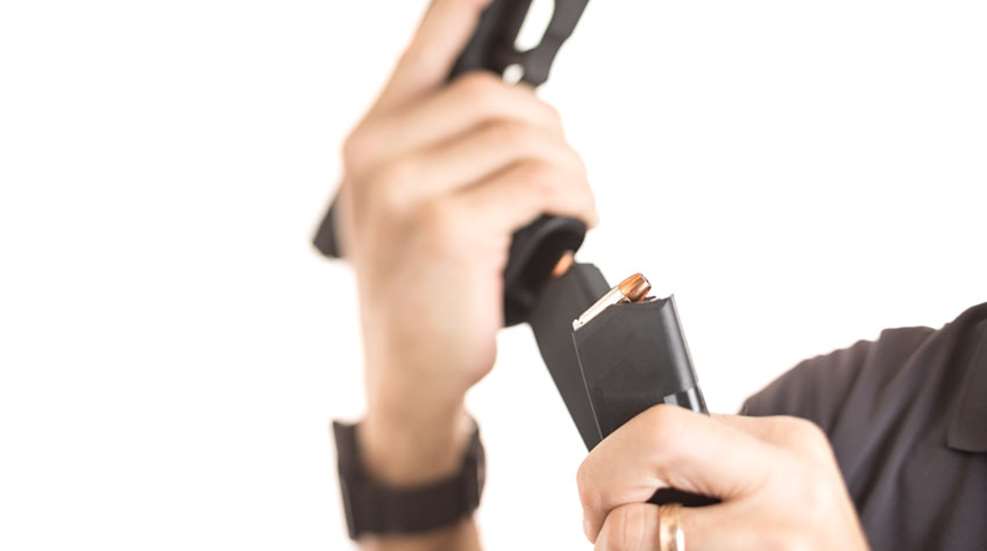
Over the last couple years, I’ve started paying more attention to the skills we practice ostensibly in relation to using a handgun for self-defense and their actual frequency of use in reality. Conversely, there are skills that frequently show up in defensive encounters that are, unfortunately, almost never practiced.
Take the reload, specifically the out-of-battery (or slide-lock) reload. Thanks to the video camera-encrusted panopticon in which we live these days, there are literally thousands upon thousands of defensive-handgun uses available to review. These videos tell us that the need to speed reload an empty gun is a non-event, statistically speaking.
The best counter-argument to this I have heard came from the late instructor Todd Green. Namely, practicing with the gun is going to involve reloading it, and if you’re going to be reloading in practice, you may as well use those repetitions to learn how to do it rapidly and positively.
Another thing that gets practiced disproportionately is the fast draw or, more specifically, the fast draw with hands at shoulder height or at the sides. Everybody wants a #sub-second draw to look good on Instagram, but nobody puts it in context.
A real-life fast draw doesn’t start with a beep and your hands at your shoulders, but rather because you’re saying “Hey, be cool! Be cool! I’m getting my wallet, take it!” In this case, draw speed is going to be important, but if you just jerk your hands toward your waistline from your shoulders like you just heard the PACT timer beep, you’re going to get shot. Instead, you’re trying to regain the initiative by “talking your hands to your gun.” Once your hands are close to the holster, then yeah, a fast draw is going to be important.
Another more realistic draw is a surreptitious or masked draw. You’ll see plenty of videos where, in the face of a robber with a drawn gun, the good guy or gal will use some visual obstacle, such as the cash register or a fellow clerk as cover for the beginning of a drawstroke. Suddenly side-stepping into position with a drawn gun is a lot more of a surprise than trying to draw down right there in plain sight.
Both of these skills, the surreptitious draw and “talking your hands to your gun,” were covered by John Murphy of FPF Training in his “Concealed Carry: Advanced Skills And Tactics” (or ASAT, because if it involves self-defense, there’s gotta be an acronym or abbreviation, obviously) but you hardly ever see people advocate practicing those useful styles of drawstrokes.
Another thing you see when people practice drawing is that every draw is to the sights and results in breaking a shot. Rarely do you see people practice drawing to a low-ready position or drawing to a challenge (on the sights but no shot). I’ve seen some footage where a questionable shooting resulted from the ostensible defender basically being on autopilot from the time his hand started moving toward the gun. Once that motion started, it was going to end in a bang no matter how circumstances changed in the interim, because that’s probably the only way he’d ever practiced.
Another skill for which I’ve become an advocate is being able to safely and positively put a gun away when it isn’t needed. If your carry gun has a safety or decocker, it’s probably best practice to get in the habit of using that thing any time you come off the sights. Putting cocked guns away in a hurry was a leading cause of “racing stripes” back when LEOs typically carried DA/SA semi-automatics.
If you’re standing in the produce section at the grocery store and some dude pops out of the cereal aisle going all mass-casualty on the place and you successfully use your AIWB-carried blaster to save the day, it’s going to take some of the shine off the moment if you forget to de-cock your P226 Legion and shoot yourself right in the meat department while putting it away.


